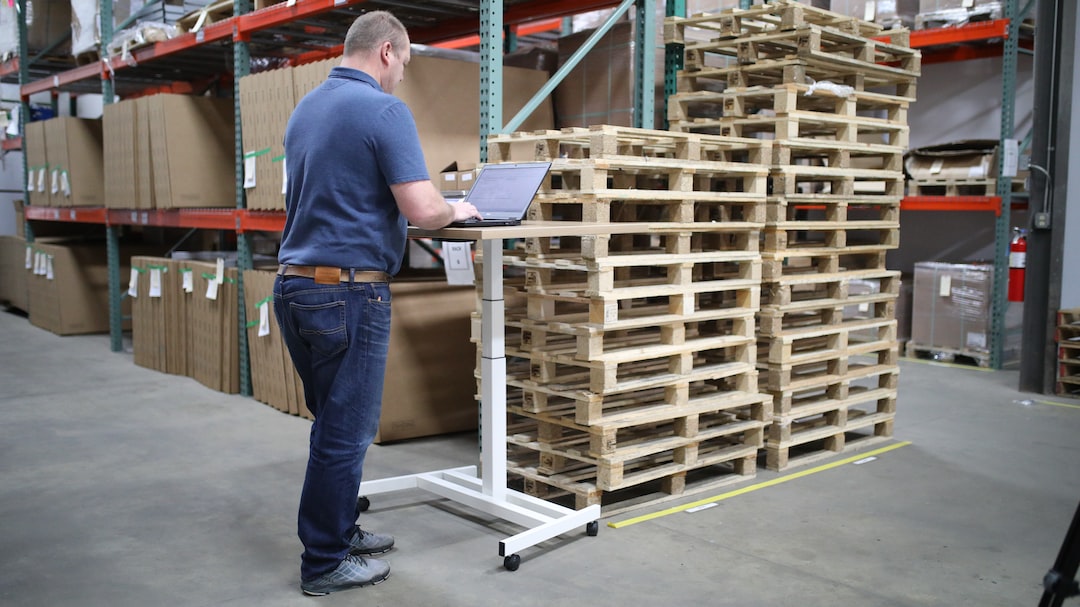In today’s fiercely competitive manufacturing landscape, it’s imperative to implement efficient production processes that can handle shorter product lifecycles, a greater variety of products, customer demands, and still deliver high-quality products. Manufacturing systems may vary depending on the nature of the products, the production volume, and the environment. Cellular manufacturing is one such flexible manufacturing system that offers many benefits to manufacturers. This type of manufacturing system involves the creation of self-contained workstations, or “cells,” each of which can produce a complete product or a part of it.
Here are some advantages of implementing a cellular manufacturing system:
Improved Efficiency: A cellular manufacturing system eliminates the need for long wait times between different production stages or workstations, which can lead to significant time savings. By creating self-contained workstations, product flow is optimized, and production times are reduced. A cell approach also enables the use of single-piece flow, where products move through the production stages without waiting for others to complete, resulting in faster cycle times and reduced inventory levels.
Flexible Operations: In comparison to traditional manufacturing processes that require comprehensive retooling of production equipment to handle new products, cellular manufacturing needs only minor modification to the workstations between production runs. Since the workstations are self-contained, they can be easily reconfigured to suit a broad range of product types and production volumes. This flexibility offers manufacturers the ability to respond faster to market changes and customer demands, reduce setup time, and reconfigure the production line easily with minimum investment.
Enhanced Quality and Consistency: Cellular manufacturing systems are designed to ensure product quality and consistent production output. Since each cell is responsible for the production of a part or a complete product, it becomes easier to spot any defects. In case of any problem with the cell, it can be immediately identified, and the inputs corrected to assure product quality.
Improved Safety and Ergonomics: Ergonomics is a crucial consideration when designing workplaces. With cellular manufacturing areas, it’s easier to maintain an orderly and tidy workspace and streamline the manufacturing process. This setup reduces foot traffic and, consequently, workplace accidents. The division of labour means that employees have specialised roles, making their work easier and reducing the risk of injury or strain.
Cost Savings: With repeatable, high-quality output and minimal waste creates financial savings through reduced product rework, lesser stock holding of raw components, and better use of factory floor space. Cellular manufacturing also allows manufacturers to reduce tooling investment while maintaining high levels of productivity, minimizing the chances of redundant or under-utilized tools.
In conclusion, cellular manufacturing systems offer numerous benefits to manufacturers, including improved efficiency, consistent production, increased flexibility, improved safety, and cost savings. Implementing this system may require a learning curve, but the long-term benefits will far outweigh initial planning and setup costs. With production companies under tremendous pressure from continually changing market conditions and consumer demands, it’s essential to invest in a production system that can adapt to those changes. Cellular manufacturing is a flexible and adaptable production system well worth considering.

